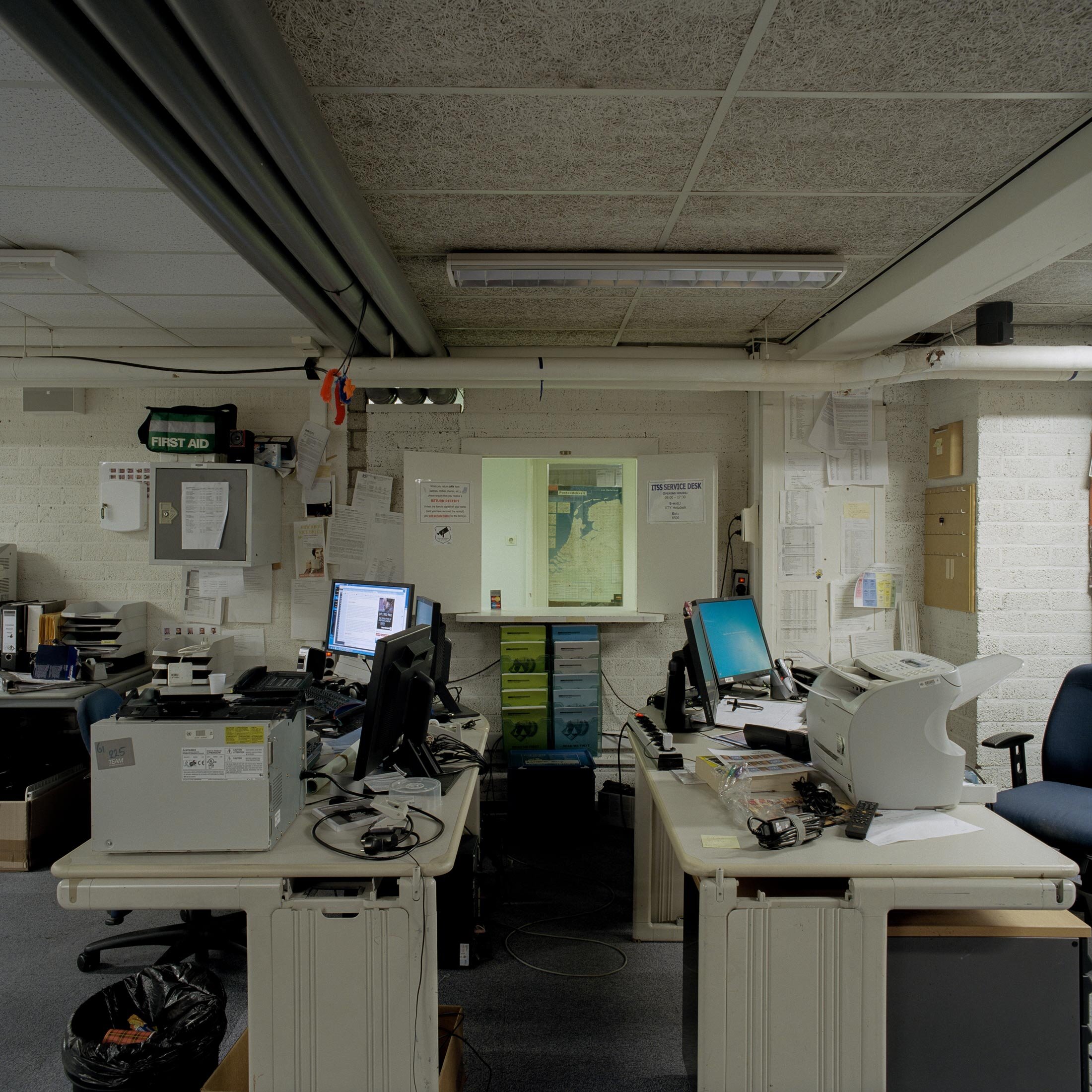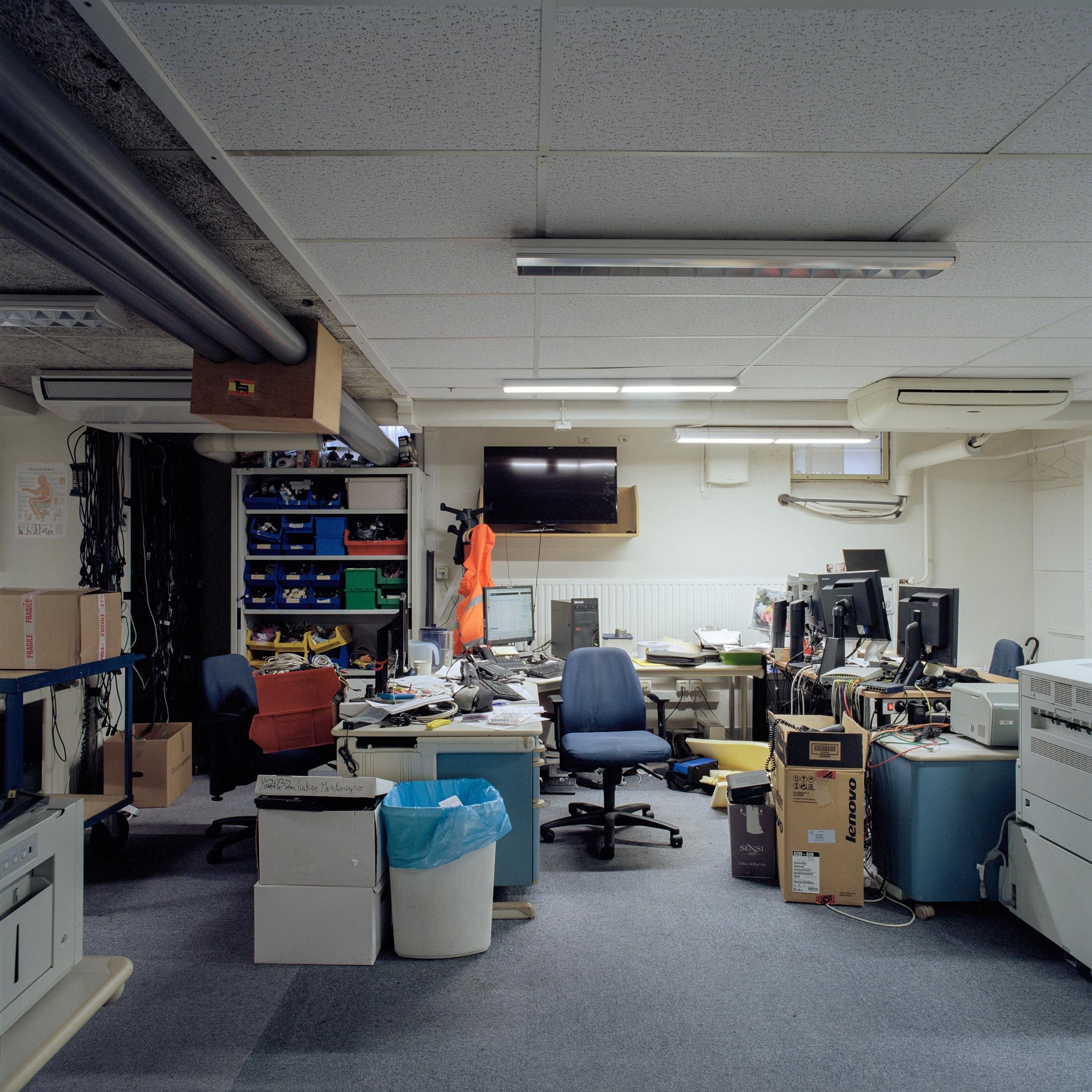Interpreters, A/V Unit and ITSS
The Conference and Language Service Section, or CLSS, was responsible for the interpretation, translation and transcription at the Tribunal. Since the very first hearing in 1993, highly skilled interpreters provided simultaneous interpretation during all proceedings at the Tribunal. The hearings were conducted in the institution’s two official languages, English and French, and the language of the accused. This would most often be Bosnian-Croatian-Serbian, or BCS, but occasionally Macedonian and Albanian. The interpreters also provided consecutive interpretation at for instance meetings, conferences and interviews. The court hearings were transcribed by court reporters who provided a live transcript, which was immensely helpful to verify or clarify what witnesses had testified. CLSS also employed several translators who ensured that the very large amount of written documentation used or produced by the Tribunal was available in the official languages and the language of the accused. In addition to the official documents of the Tribunal, such as the statute, the rules of procedure and evidence, indictments and very lengthy judgements, the myriad of documents tendered as evidence at trial were translated. Translation was a very time consuming task.
The Audio/Visual Unit, or A/V Unit, was in charge of the technical side of the hearings. At each hearing a Director was present in the A/V booth of the courtroom, who controlled the many cameras and other recording equipment necessary to preserve the hearings and to stream them onto the internet. The A/V Unit was also responsible for the audio and video equipment in the Tribunal’s meeting rooms.
The Information Technology Support Services, ITSS, ran all IT and communications equipment and services of the Tribunal. Most staff members were in touch with ITSS when there were problems with their computers, but ITSS managed a broad range of other IT-related matters, including the communications array used for secure video conference link during court hearings with witnesses located in other countries. In addition to building the Tribunet, as the intranet was called, ITSS programmed the Judicial Database which staff used to access the Tribunal’s large repository of court filings, such as motions, decisions and judgements. ITSS also managed the electronic court system, eCourt, and all the specialised pieces of software used in preparation for and during the hearings.
















